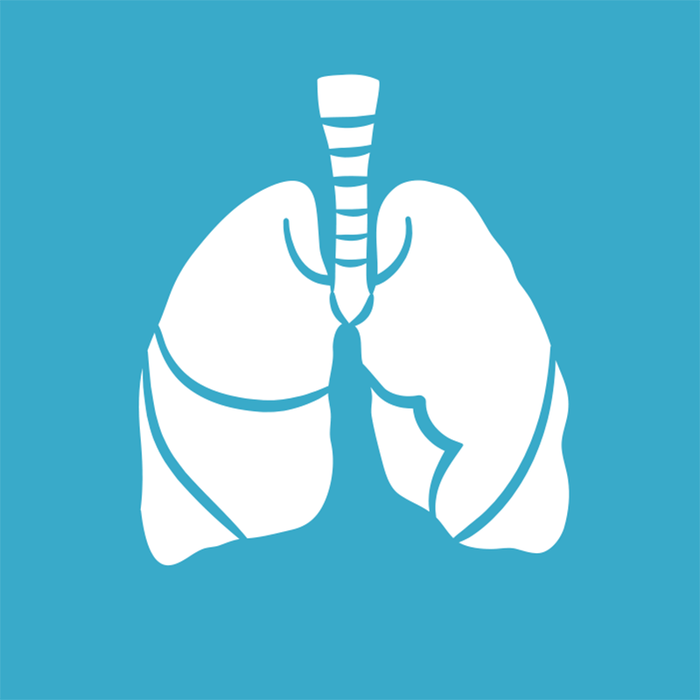
Venient CDx Lung Cancer
Test Description
Venient CDx Lung is a disruptive and non-invasive confirmatory diagnostic test (only requires blood and urine samples) for lung cancer diagnosis, based on a routine blood and urine analysis and powered by both public and machine learning (ML) proprietary algorithms.
Our confirmatory diagnostic tool is able to accurately confirm or rule out previous suspicious imaging findings in a computed tomography (CT) Scan (non X-Ray) in order to reduce turnaround time (TAT) for diagnosis confirmation as well as the number of unnecessary tissue biopsies.
Additionally, the Venient CDx Lung is also able to discriminate between several lung cancer hystologic types ―including small-cell lung cancer (SCLC)/neuroendocrine and non-small cell lung cancer (NSCLC), as well as its subtypes (adenocarcinoma and squamous cell carcinoma)―, even in early stages when treatment is most likely to be successful.
Screening Recommendations
The United States Preventative Services Task Force (USPSTF) has no recommendation for lung cancer confirmation diagnosis. However, Kience Inc. recommends our Laboratory Developed Test (LDT) to target: patients with low-risk lung image results (but non-normal lung or benign lesion ―Lung-RADS 1―), classified as Lung-RADS 2 that should be monitored in 12 months for surveillance; patients with lung image results classified as Lung-RADS 3 or Lung-RADS 4 that should be followed by a tissue biopsy; patients with other image findings besides Lung-RADS, with suspicion of lung cancer that should be biopsied to confirm or rule out malignancy. This recommendation is based on the following facts: extensive scientific data supports that early cancer detection saves lives, the non-invasiveness and the wide affordability of Venient CDx Lung.
Intended Use
The intended use population for Venient CDx Lung are: patients with low-risk lung image results, classified as Lung-RADS 2; patients with lung image results classified as Lung-RADS 3 or Lung-RADS 4; patients with other image findings besides Lung-RADS, with suspicion of lung cancer.
Sample Clinical Vignette
A 58-year-old male, with sedentary lifestyle and former smoker with a 30-pack-year history, visits his pulmonologist due to the discovery of a suspicious lung nodule during a routine chest X-ray. The patient presents persistent coughing and occasional chest discomfort for the past few months. His family has a history of cancer, which adds to his concern. He quit smoking 5 years ago. Serum and urine are submitted to properly detect a possible lung cancer.
Required Laboratory Determinations
Serum Hepatic Enzymes ―Amylase Total, Amylase Pancreatic, Creatine Kinase (CK), Lipase, Alkaline Phosphatase (ALP), Aspartate Aminotransferase (AST), Alanine Aminotransferase (ALT), Gamma Glutamyl Transferase (GGT), Lactate Dehydrogenase (LDH)―; Serum Tumor Markers ―Carbohydrate Antigen 15.3 (CA 15.3), Carcinoembryonic Antigen (CEA), Cytokeratin 19 Fragment (CYFRA 21-1), Neuron Specific Enolase (NSE), Pro-Gastrin-Releasing-Peptide (ProGRP), Squamous Cell Carcinoma (SCC)―; Other Serum Analytes ―Bilirubin Total, Bilirubin Direct, Bilirubin Indirect, Serum Creatinine―; Other Urine Analytes ―Urine Albumin, Urine Creatinine—.
